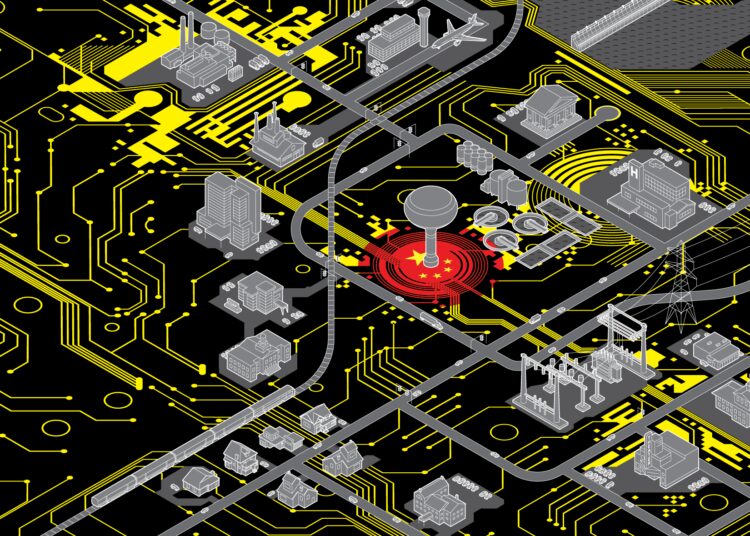In the ever-evolving landscape of cyber warfare, tactics have become increasingly sophisticated, with notable examples such as the Stuxnet and SolarWinds attacks. The Stuxnet attack, aimed at sabotaging Iran’s nuclear program, utilized advanced techniques to cause physical damage. In contrast, the SolarWinds attack focused on espionage by compromising a trusted software vendor to gain access to sensitive data. These attacks highlight the importance of supply chain security and proactive defense measures. As cyber warfare tactics continue to evolve, organizations must prioritize cybersecurity to defend against potential threats. Stay informed and vigilant to combat the growing risks in the digital age.
From Stuxnet to SolarWinds: The Evolution of Cyber Warfare Tactics
Introduction
Cyber warfare has become a major concern for governments, businesses, and individuals around the world. The use of computer networks to launch attacks and disrupt critical infrastructure has become a common tactic for state actors and cyber criminals alike. Over the years, cyber warfare tactics have evolved significantly, with some of the most notable examples being the Stuxnet and SolarWinds attacks.
Stuxnet Attack
The Stuxnet attack, discovered in 2010, was a highly sophisticated cyber weapon that targeted Iran’s nuclear program. It was designed to sabotage the centrifuges used in Iran’s uranium enrichment process by causing them to malfunction and self-destruct. The attack was believed to have been carried out by the United States and Israel, although neither country officially claimed responsibility.
Key Features of the Stuxnet Attack:
- Targeted specific industrial control systems
- Used multiple zero-day vulnerabilities to infect systems
- Used a combination of malware and code signing certificates to evade detection
- Caused physical damage to Iran’s nuclear program
SolarWinds Attack
The SolarWinds attack, discovered in 2020, was a massive cyber espionage operation that targeted multiple government agencies and cybersecurity firms. The attackers compromised the software supply chain of SolarWinds, a major IT management company, in order to distribute malware to its customers. This allowed the attackers to gain access to sensitive data and carry out further attacks.
Key Features of the SolarWinds Attack:
- Targeted a wide range of government and private sector organizations
- Exploited trust in a trusted software vendor
- Used a supply chain attack to distribute malware
- Enabled long-term access to victim networks for espionage purposes
Evolution of Cyber Warfare Tactics
Both the Stuxnet and SolarWinds attacks demonstrate the evolution of cyber warfare tactics over the years. While Stuxnet was focused on causing physical damage to a specific target, the SolarWinds attack was more about espionage and gaining access to sensitive information. These attacks also highlight the importance of supply chain security and the need for organizations to be vigilant and proactive in protecting their networks.
Emerging Trends in Cyber Warfare:
- Increased focus on supply chain attacks
- Use of advanced malware and techniques to evade detection
- Targeting critical infrastructure and key industries
- Blurring of lines between state-sponsored and cyber criminal actors
Conclusion
As cyber warfare tactics continue to evolve, it is crucial for governments, businesses, and individuals to stay informed and take proactive measures to defend against cyber attacks. The Stuxnet and SolarWinds attacks serve as cautionary tales of the potential impact of cyber warfare and the importance of cybersecurity in the digital age.













